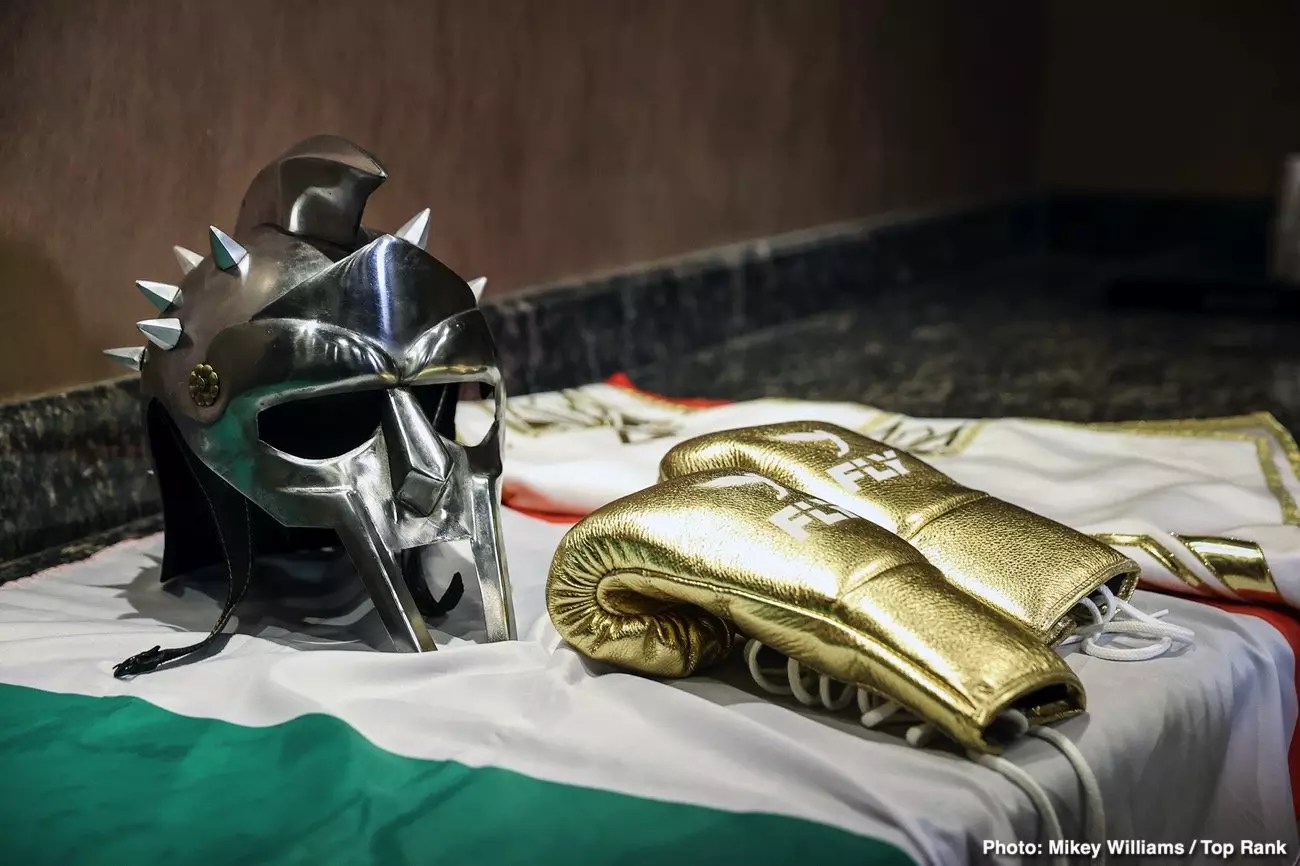When one thinks of legendary boxers, few names resonate with the same raw intensity and skill as Roberto Duran. Often enveloped in a complex amalgam of fear and respect, Duran’s reputation as a boxer transcends mere statistics; he personified ferocity in the ring. This Panamanian dynamo, often likened to infamous figures such as Charles Manson for his dark visage and relentless spirit, was not just a fighter but an embodiment of boxing’s primal essence. In a world eager for titans, Duran emerged, sending shockwaves through the lightweight division. The very concept of fear in boxing found a new definition whenever Duran was present.
Duran’s journey isn’t just one of remarkable victories but an exhilarating exploration of the human spirit confronted by the brutality of sport. At just 23, with a record that few dare to challenge, his match against Ray Lampkin remains etched in the annals of boxing history as a testament to his ruthless prowess. On that fateful day in Panama City, he displayed not only his extraordinary skill set but an intensity that struck terror into any would-be challenger.
The meeting of Duran and Lampkin was a clash of titans, illuminating the complexities of the sport. Lampkin, four years Duran’s senior and with a commendable record, entered the ring with aspirations that would soon be dashed against the hallowed walls of Duran’s might. Initially, it appeared as though Lampkin’s quick hands and agility might hold their own. His adept body shots showcased an undeniable talent, causing many spectators to ponder if he could indeed get through to the final bell.
Yet the physicality and fervor of the 14-round brawl disclosed a stark reality: as the rounds progressed, Lampkin’s defenses wavered under the onslaught of Duran’s relentless aggression. The combination of heat, pressure, and Duran’s unyielding will eroded Lampkin’s spirit while intensifying Duran’s primal instinct to dominate.
It wasn’t just the physical pain that Lampkin endured but the psychological torment of facing a man fully aware of his superiority. The Panamanian champion’s very presence—his snarls, his unrelenting gaze—stripped Lampkin of any comfort within the squared circle. Duran was not merely fighting for victory; he was intent on making a statement.
The climax of the match came in the 14th round—a moment that would resonate deeply within the boxing community. With a single, cataclysmic left hook that sent Lampkin crashing to the canvas, Duran didn’t just defeat his opponent; he sent a loud and clear message across the boxing world. The brutality of the knockout was chilling—Lampkin lay sprawled, a victim of Duran’s generational talent and unyielding ferocity.
Duran’s subsequent pronouncement to the press sent shivers down the spines of fighters and fans alike. Boasting that he hadn’t even entered the ring at his peak potential, he ominously declared that next time he might send a challenger “to the morgue.” This reflects an athlete who stands at the zenith of confidence, exuding an air that borders on mania.
The ramifications of such violence can distort perceptions of the sport. While fans thrill at the sight of skill and dominance, underlying currents of fear become intertwined with admiration. Duran was not just revered; he was feared, and fear is a potent motivator in the realm of combat sports.
Yet, this figure of ferocity held contrasting dimensions unknown to many. After the chaos of the fight faded, Duran revealed his humanity when he visited Lampkin in the hospital. This moment, bridging the chasm between competitor and compassionate soul, added another layer to Duran’s complex persona. He transcended the iconic boxer stereotype, becoming a symbol of duality where violence exists alongside vulnerability and kindness.
Much has been written about how Duran ruled the lightweight division until 1978, but the more nuanced examination reveals the emotional conflict within the fighter. The grim reality is that Duran, while a many-time champion and a celebrated athlete, was also a man shaped by the raw experiences of life in and out of the ring.
Roberto Duran’s reign was not merely an era of boxing; it was a gripping saga underscored by violence, vulnerability, and a relentless drive for supremacy. Each punch thrown and each opponent conquered spoke both to his extraordinary talent and the darker recesses of his spirit. And as new generations look back on his career, they must grapple with this compelling dichotomy—the relentless beast who inhabited the ring, yet managed to extend his hand to those he had vanquished.


Leave a Reply